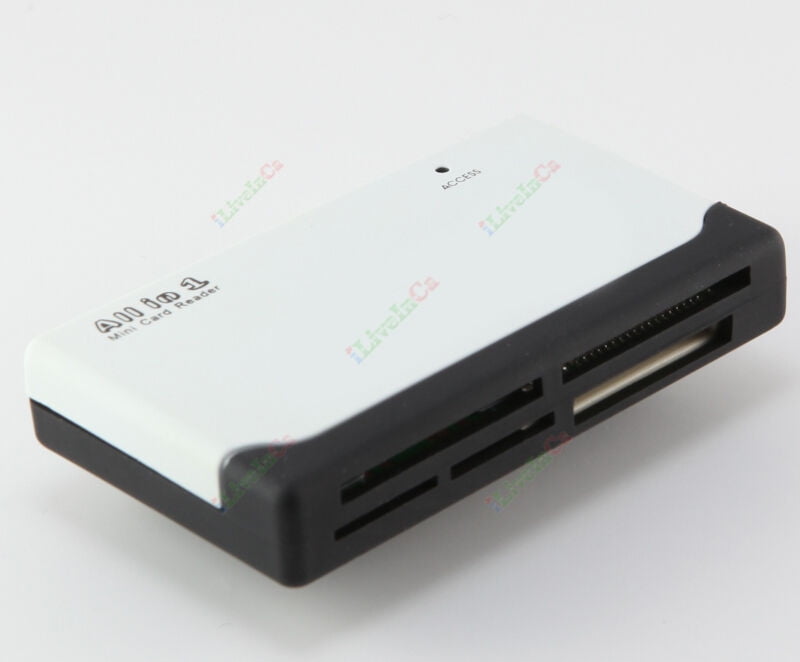

Better-designed flash file systems can directly access the NAND flash hardware. Contains no flash translation layer (designed to emulate the block device structure of a magnetic disk drive).Certain final Olympus cameras using xD cards are also supporting microSD cards with a special, included adapter.įuji released its last digital camera accepting that card, namely Fujifilm FinePix F200EXR (a variant of 2008 FinePix F100fd), being released back in Q2 2009, as being moving away from xD format since Q4 2008.Īmazon Best Sellers in xD-Picture Cards reports no products offered with a Date First Available since 4 August 2009. The higher-end DSLR cameras such as the E-3 and E-5 among others continue to use CompactFlash cards as well. This changeover to the SD card format has never been officially announced by Olympus Corporation. As of Spring 2010, all new Olympus cameras announced at the 2010 Consumer Electronics Show and Photo Marketing Association International Trade Show can use SD cards. Olympus began to move away from the xD format with the mid-2009 announcement of the E-P1 camera, which supported only Secure Digital memory cards. Because of its higher cost and limited usage in products other than digital cameras, xD lost ground to SD, which is broadly used by cellular phones, personal computers, digital audio players and many other digital cameras. Previously, xD competed primarily with Secure Digital (SD) cards, CompactFlash (CF), and Sony's Memory Stick.

xD cards were sold under other brands, including Kodak, SanDisk, PNY, and Lexar, but were not branded with the respective companies' logos, except for Kodak. Toshiba Corporation and Samsung Electronics manufactured the cards for Olympus and Fujifilm.

The cards were developed by Olympus and Fujifilm, and introduced into the market in July 2002.


 0 kommentar(er)
0 kommentar(er)
